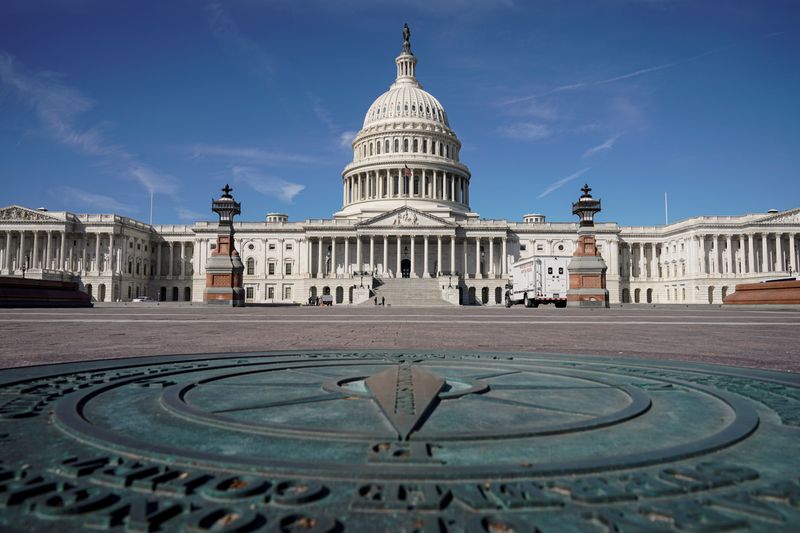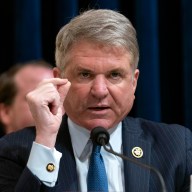WASHINGTON (Reuters) – President Joe Biden’s $1.9 trillion plan to address the human and economic toll of the COVID-19 pandemic includes proposals ranging from fresh payments to households, aid for cash-strapped state and local governments, and money for schools. It is being touted by Democrats as one of the largest U.S. anti-poverty programs in decades.
Here are some major elements of the legislation. The Senate revised a bill passed by the House of Representatives, which is expected to sign off this week on the latest version:
DIRECT PAYMENTS: $400 BILLION
The package called the “American Rescue Plan” proposes a new round of payments to Americans of $1,400 per person. The final version of the bill would provide payments to individual taxpayers earning less than $80,000 annually and couples making less than $160,000.
AID TO STATE AND LOCAL GOVERNMENTS: $350 BILLION
One of the most contentious elements of the package would provide funding to cash-strapped state and local governments to help them cope with added costs for first responders, vaccine distribution and other expenses at a time when some of their revenues are falling. Republicans contend that many of the states do not need the need. The bill aims to give smaller local governments more access to funds than previous measures.
CHILDCARE: $56 BILLION
About $55 billion would be spent on childcare programs and $1 billion for the early learning Head Start program. In addition, a child tax credit would be expanded, resulting in a revenue loss of about $109 billion.
SCHOOLS: $170 BILLION
The bill would help reopen elementary and high schools safely and provide aid to colleges and universities that have suffered major revenue losses during the pandemic. Republicans have complained that too little of the money would be spent this year.
UNEMPLOYMENT INSURANCE: $163 BILLION
Jobless people would get a new round of federal payments amounting to $300 per week through Sept. 6. The first $10,200 in benefits would not be taxed.
PUBLIC HEALTH: $109 BILLION
Expanded COVID-19 testing, tracing and genomic sequencing would cost $49 billion; $35 billion to expand the Affordable Care Act, better known as Obamacare; $11 billion for community health centers and related facilities; $8 billion to hire more public health workers, and $6 billion for the Indian Health Service.
SMALL-BUSINESS AID: $48 BILLION
Targeted small-business grants would total $15 billion; $25 billion in a new grant program for restaurants; $7 billion for Paycheck Protection Program aid for non-profits and digital news services; $1 billion for theaters, independent movie theaters and cultural institutions.
HOUSING ASSISTANCE: $45 BILLION
Households would get help paying rent, mortgages and utilities and homeless people would be placed into housing. The government estimates that 12 million people owe an average of $5,800 in back rent and utilities.
FOOD AID: $12 BILLION
Increased benefits under the Supplemental Nutrition Assistance Program would be extended through Sept. 30. Other programs also would benefit, such as the Special Supplemental Program for Women, Infants and Children.
(Reporting by Richard Cowan; Editing by Scott Malone and Peter Cooney)
















